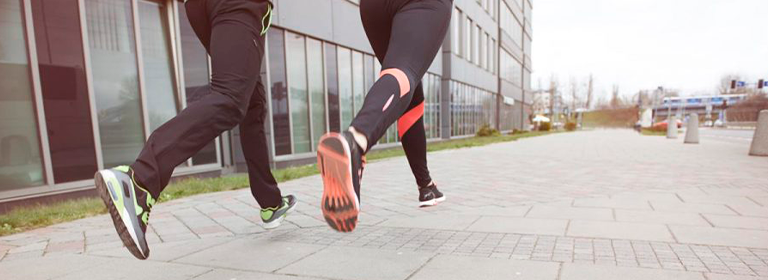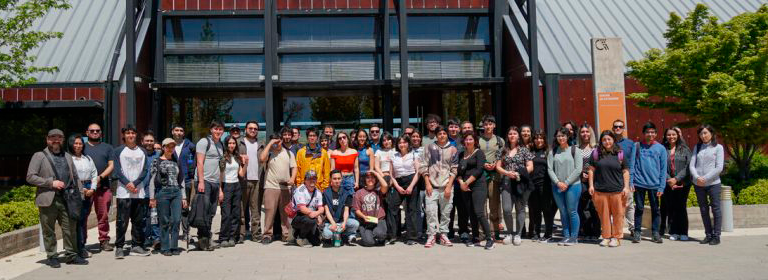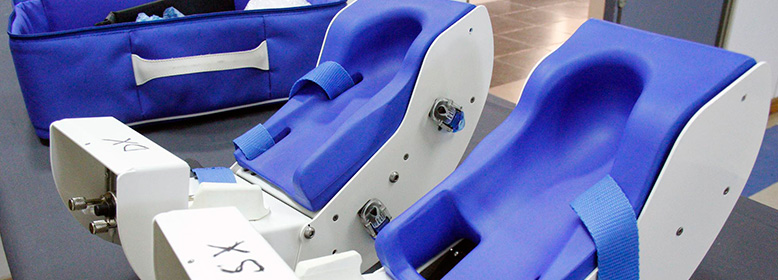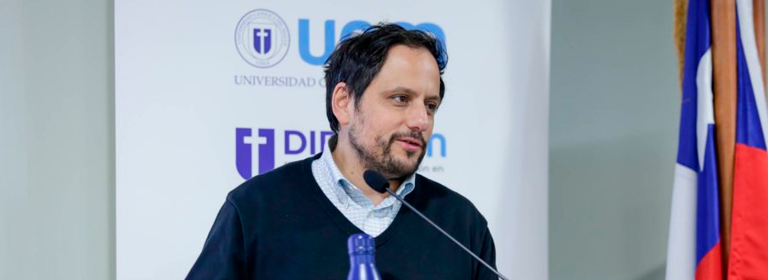Dr. Jaime Vásquez Gómez, researcher at the Center for Advanced Studies of Maule (CIEAM), Universidad Católica del Maule.
 We can understand physical activity, led in the first instance by intuition, as the cessation of the state of rest of a body or material object, whether it is a stone, a cloth, or our human body as part of matter. On the one hand, the perception of what happens with objects outside our body, and which interact with it, reaches us through the senses, since we can see, but not observe at the moment, and make sensitive to touch, the activity of that material object when, for example, water runs down the drain, we can feel its freshness, hear it flowing, or feel the temperature of the stone heated by the sun. We understand that in that matter there is some activity, non-biological, which can persuade our reason.
We can understand physical activity, led in the first instance by intuition, as the cessation of the state of rest of a body or material object, whether it is a stone, a cloth, or our human body as part of matter. On the one hand, the perception of what happens with objects outside our body, and which interact with it, reaches us through the senses, since we can see, but not observe at the moment, and make sensitive to touch, the activity of that material object when, for example, water runs down the drain, we can feel its freshness, hear it flowing, or feel the temperature of the stone heated by the sun. We understand that in that matter there is some activity, non-biological, which can persuade our reason.
On the other hand, our body can take on a state of rest by reclining on a sofa, or by lying in bed, in the absence of wakefulness, for several hours when it is invaded by sleep. It is there that we could, now yes, perceive and observe that resting body that shows, for example, a slight and insecure breathing, in an evident biological activity, and, even more, while sleeping, in the first person, our reason tells us that we are in activity since we can be aware of that state, sometimes, by means of thoughts called dreams.
Observing that body, already in the third person, we could deduce that there is a certain and tenuous physical activity of the body as matter.
Thus, our understanding would lead us to deduce that physical activity would be inherent to the human species, and not to any other species. I would question whether it is really only exclusive to human beings, what would be the probability of asserting this sentence? Other species, such as the dog species, for example, are biological entities that interact with us, through our body and our senses, which we perceive as living beings and that, probably by possessing life, fill our intuition that in reality they do perform physical activity with a certain degree of intention, “of reason”. Then, it is there where I could assert that such reason is proper of the human being, which is split from our material and biological body, to give sense to the realization of that (physical) activity. Therefore, I have answered the question of how probable it is that “activity” is proper to humans, so probable that I could deduce a causal association (reason – physical activity), either in terms of current time, transversal, or in its future modification.
Now, in order to represent the conception of physical activity by means of reason, I could clearly state that it is the heritage of human beings, and not of any other species, since, by directing reason, it makes us give meaning to activity, seeking some biopsychosocial ends. I could also assert at this point that it is evident that this representation of “activity” is only valid for humans, since, in addition, our representation of it necessarily has limits, it is finite, which distinctly can only be attributed to the human species, considering under our reason that this representation, which we still do not fully know, is possibly infinite.
Thus, our perception of physical activity has made us conceptualize it to direct certain principles, postulates, oriented by the representation of the same, so that it must be thought, judiciously, fundamentally in search of meaning regarding the connection between our body and reason.













